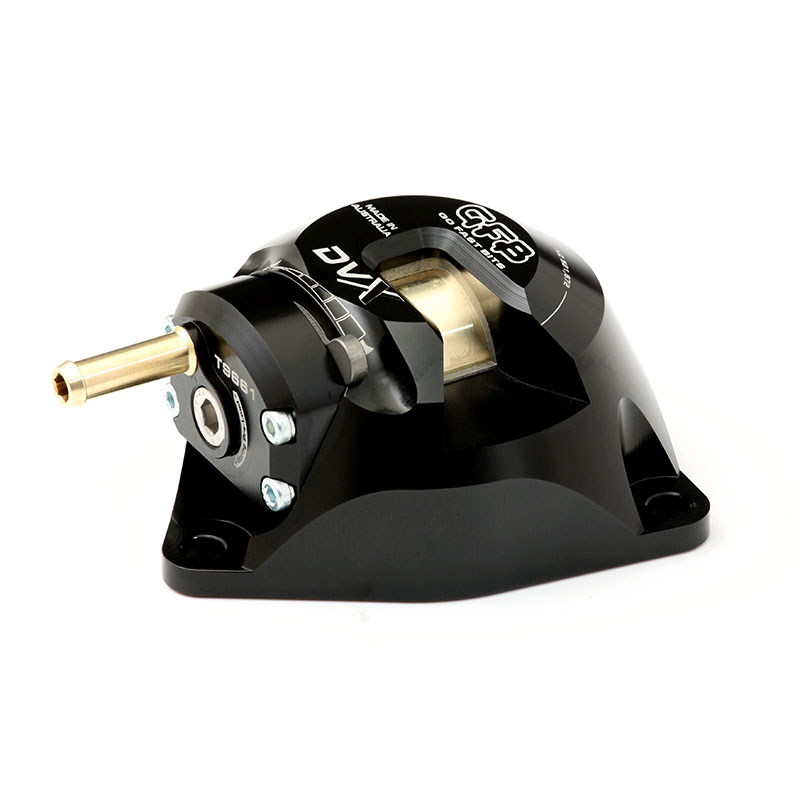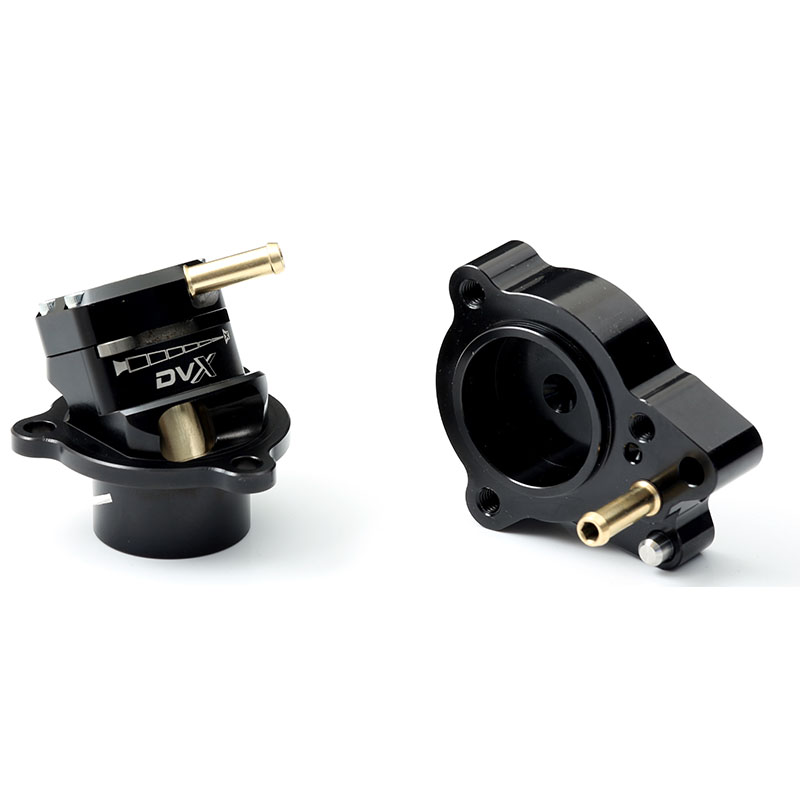Most cars these days have airflow meters (MAF sensor) which can in some cases make it tricky to find the best setting for your BOV, so this guide will show you how.
Some cars are more sensitive to atmosphere venting than others, and this is where GFB’s patented venting bias adjustment system used on the Respons and Deceptor Pro series has the advantage over fixed ratio dual-port valves.
Problems such as backfiring and stalling or idle dipping are caused by either venting too much air to atmosphere, or venting for too long. Because the venting bias on a GFB valve can be adjusted as well as the spring pre-load, these valves have the ability to work on even very sensitive cars.
Please note!
First of all, let’s get one thing straight – the spring pre-load in a GFB valve does NOT have anything to do with how much boost the valve will hold! There are lots of internet experts that say otherwise, and maybe it’s true of other types, but NOT a GFB valve!
The spring pre-load on all GFB valves is used to determine how easily the valve opens when you lift off the throttle, and how long it stays open for. Because of this, it’s actually the engine’s idle vacuum that the spring is set to.
Don’t bother making adjustments to the spring pre-load of less than one turn at a time, you won’t be able to perceive the difference.
What can make a car more sensitive to atmosphere venting
Generally speaking, when modifications that increase airflow have been done, and the ECU has NOT been tuned to suit, the car will be more sensitive to the BOV adjustment. A bone-stock car, or one that has been modified AND tuned will usually be less sensitive, often allowing up to 100% atmosphere venting without issue.
This is because increasing the airflow (via increased boost, free-flowing exhaust or intake etc) without tuning the ECU to suit will usually result in rich mixtures. When an atmosphere-venting BOV is installed with such a combination, you’ll often find it’s harder to get the spring pre-load right, or that you need to run less atmosphere venting bias.
Note that is it NOT necessary to tune an ECU to suit a BOV, what you can see from the above is that if the ECU is already tuned correctly to suit the other modifications on the car, it is going to be less sensitive to the BOV settings.
Symptoms and solutions
- Stalling or stumbling as the revs drop back to idle – increase spring pre-load one turn at a time until the engine returns to a smooth idle without stumbling or stalling. If the symptoms persist regardless of the spring pre-load, reduce the amount of atmosphere venting using the bias adjustment.
- Backfiring on gearshift – increase spring pre-load one turn at a time until backfiring disappears. If the symptoms persist regardless of the spring pre-load, reduce the amount of atmosphere venting using the bias adjustment.
- Fluttering sound/compressor surge at low RPM – reduce spring pre-load one turn at a time until flutter is reduced or eliminated.
On some cars, it may be difficult to find a happy medium between having the spring soft enough to prevent low RPM flutter, and hard enough to prevent backfire or stalling. In these case, it is best to reduce the amount of atmosphere venting and set the spring to solve the backfire/stalling. A small amount of flutter/compressor surge that occurs when lifting off at low RPM or less than peak boost is not detrimental to the turbo – the loads the turbo endures under full boost conditions are far greater than a small amount of low RPM flutter, so it is not of great concern if low RPM flutter cannot be completely eliminated.




